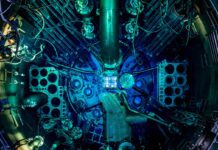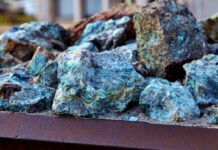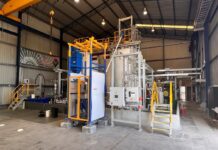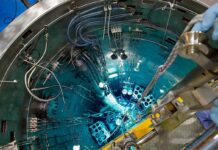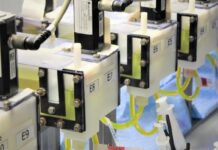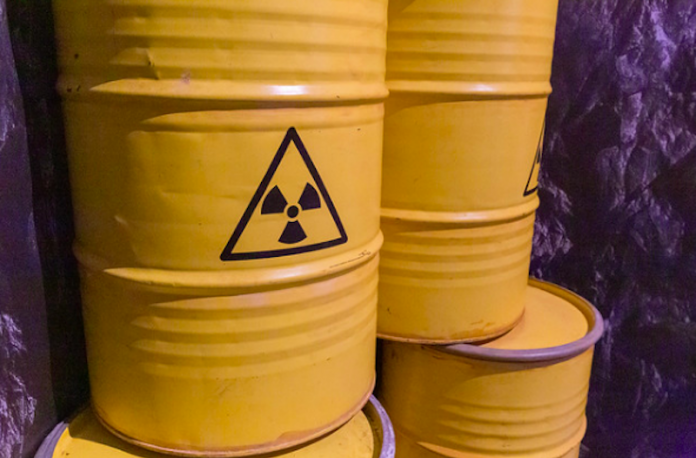
The Australian Government has announced the new Australian Radioactive Waste Agency (ARWA) which will lead the process to manage the country’s radioactive waste in line with domestic and international regulations, and deliver Australia’s National Radioactive Waste Management Facility (NRWMF).
The NRWMF will be located in Napandee, near Kimba in South Australia, and will be purpose-built to safely dispose of Australia’s low-level waste and temporarily store the country’s intermediate level waste.
Minister for Resources, Water and Northern Australia, Keith Pitt, said the creation of the new agency is the next important step in developing Australia’s radioactive waste management storage solution and capabilities.
“The new agency will be responsible for all stages of the design, construction, licensing applications and operation of the Facility, working in close partnership with ANSTO,” Mr Pitt said in a statement.
“And the fact it is independent of existing waste holders will give assurance, particularly noting its role in developing and enforcing the future waste acceptance criteria for material proposed for the site.”
Radioactive waste is classified into categories based on how much radiation it emits and for how long. Low-level waste contains small amounts of radioactivity and generally requires minimal shielding during handling, transport and storage. Intermediate-level waste emits higher levels of radiation and requires additional shielding. High-level waste has higher levels of radiation which requires increased shielding and isolation from human contact and requires cooling due to its heat-generating capacity.
According to the Australian Nuclear Science and Technology Organisation (ANSTO), Australia’s radioactive waste is produced from the use of radioactive materials in scientific research, industrial, agricultural and medical applications and the production of radiopharmaceuticals. These are mostly low-level waste such as laboratory items including paper, plastic, gloves and filters, and some intermediate radioactive waste such as those from the production and research of nuclear medicines, which benefit many Australians. Around 2 in 3 Australians will use nuclear medicine in their lifetime, according to ARWA.
“Nuclear medicine is used in the diagnosis of a variety of heart, lung and musculoskeletal conditions, and treatment of specific cancers,” said Mr Pitt.
“This medical waste, along with Australia’s historical radioactive waste holdings, is currently spread over more than 100 locations across the country, like science facilities, universities and hospitals.”
“It is government policy and international best practice for this material to be consolidated into a purpose-built facility, where it can be safely managed.”
ARWA will also lead a separate process to site a facility to permanently dispose of Australia’s intermediate level waste, likely in a deep geological facility in a different location.
The construction of the NRWMF could equate to more than 300 jobs and deliver $2.5 million worth of construction activity by local firms each year. Kimba will also receive a Community Development Package of up to $31 million. This package includes:
- $20 million community fund to provide long-term support for the region
- $8 million of grants to strengthen the economic and skills base of the host community
- $3 million from the government’s Indigenous Advancement Strategy will support Indigenous opportunity.
Image credit: Flickr



